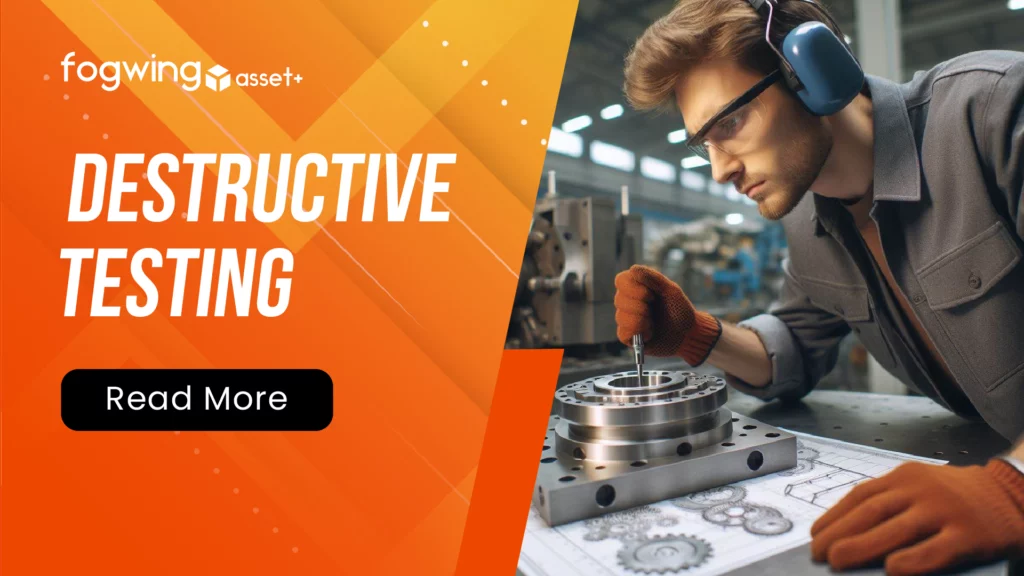
The manufacturing industry is on the cusp of witnessing a digital transformation revolution leading to Industry 4.0. Industry 4.0 is all about transforming the existing manufacturing operations into a digital operating model with modern technologies such as the Internet of Things, Artificial Intelligence, Cloud Computing, Machine Learning, etc. Industrial IoT (a subsection of the IoT umbrella) plays a major role in created connected networks with manufacturing equipment to collect data in digital form. Statistics mentioned by the industrial IoT series website informs that 15% of IoT investment is accounted by the manufacturing industry alone in the United States of America. The primary reason for such large investments and annual growth rate in IoT deployment in the manufacturing industry is the ‘Smart Manufacturing’ value propositions.
Let’s begin with deciphering the meaning of Smart manufacturing!
What is Smart Manufacturing?
As we understand, each manufacturing industry has a particular process of manufacturing that is unique to its brand or even product. The entire chain of manufacturing from ‘supply chain to delivery’ is more process-driven that is indicative of manual operations. Increasing the need for visibility and automation in the process of manufacturing is causing to opt for a better alternative called smart manufacturing.
Smart manufacturing facilitates automation of operation, real-time data insights, and predictive maintenance with decreased human intervention in the manufacturing industry. In short, the ‘process’ of manufacturing and the ‘systems’ involved in manufacturing identifies itself with cognition, therefore it is called Smart manufacturing. This smartness is enabled by IoT technology.
What are the technical capabilities required to achieve Smart manufacturing?
Traditional Manufacturing can be turned into Smart manufacturing with modern technology and industry-proven process capabilities. These capabilities advancement enable manufacturers to have clear visibility, performance metrics and added intelligence in decision making which will lead the growth and achievement of Industry 4.0 standards. Find some of the capabilities listed required as listed below;
- Open connectivity
- Edge architectures
- Predictive maintenance
- Digital twin
- Web-enabled diagnostics
- Scalability
These capabilities required real-time connected manufacturing units through IoT. Industries can adapt to the IIoT platforms and services that endure Smart manufacturing along with an array of automation and process visibility incentives.
How does Industrial IoT play an important role in each capacity?
Open connectivity – It is the apex of an entire IoT model. Connectivity is a primary requisite for Smart manufacturing through IIoT. Internet-enabled connectivity is a medium that facilitates communication between devices, sensors, machinery and equipment that provides for data transmission. Options for connectivity are a variety from Cellular, Satellite, WiFi, LPWAN to Ethernet, and so on. Each connectivity option depicts a tradeoff between consumption, power, bandwidth and range. Therefore, one can evaluate which suits best and opt for the same.
Sensors – In order to set up of a connected manufacturing process through IoT solution using an IIoT Platform, sensors play a vital role. Sensors are essentials arms as it holds the potential of reading, converting an equipment or machine data into a readable and delivers to processors. Sensors are constructed to detect and capture data at real-time and transfer it to further to a cloud / software to derive valuable insights. There are many industrial grade sensors to measure various parameters of industry operations, depending on the purpose, a sensor can be picked. Example: Voltage, Vibration, Speed, pressure, humidity, temperature, gas, gyroscopic, proximity and so.
Edge computing architectures – These are localized IoT based architectures that gather data, filter and process data locally received through geographically close device / sensor. Edge computing architectures of IoT localize analytics and intelligence to save data footprint. Edge computing architectures may be configured to publish analytics / meaningful data alone to the cloud to avoid friction and confusion of enormous data that consume cloud resources. It enables manufacturing process visibility through real-time data insights locally without relying on internet connectivity and network delays. This edge device can be accessed with IIoT Platform that are constructed with edge computing handler module.
Predictive maintenance – Once data is captured and sent to a cloud through edge devices, data analytics and prediction algorithms play role of processing and predicting the upcoming issues in machineries. Predictive maintenance algorithms are applied to aggregated machine performance data that recognizes patterns and valuable insights of machinery health and predicts downtimes. In addition, alerts are sent to operators / managers in times of machine downtime periods. This way, predictive maintenance helps to gauge production longevity with respect to each machine in advance, thereby preventing loss of productivity and profits.
Digital twin – A digital twin is a computing approach designed to take real world data of a system / physical object as inputs and generate outputs / simulations / predictions regarding the manner in which those physical objects / systems will be affected by received inputs. It is of extensive use in the manufacturing field as it provides process improvement opportunities through digital simulations. Digital twin helps avoid manual work in process change and error prone testing. Change of any operational process in the manufacturing system can be simulated digitally to predict the improvement value.
Web enabled diagnostics – All machineries that are connected through IIoT Platform, generates automated diagnosis of machine performances. These machine analysis data and metrics can be presented to operators through digital form via web UI. Real-time manufacturing process visibility are achievable through digital IIoT Platform. This enables manufacturing process optimization as there is a constant automated check system in place with IIoT Platforms and Applications.
Scalability – Choosing the right IIoT Platform that works on the principles of Cloud is crucial for greater scalability. Scalability represents the effectiveness of an IIoT platform to handle a high volume of data stream thrown by sensors. Example: Greater scalability refers to increased connectivity speed, data storage capacity, data processing speed in locally or remotely, the device must be capable to adapt to mobility, network backup in times of failures, user-friendly hardware and so on to make up the greater scalability of IoT infrastructure in the manufacturing domain.
All these capacities are exclusively made a reality with Industrial IoT technology that suffices for the creation of smart manufacturing aka industry 4.0. Therefore, it is best suited to opt for IIoT Platform over to achieve Industrial automation.
How does Fogwing as an IIoT Platform cater to Smart manufacturing?
Fogwing IIoT Platform is engineered to suit the manufacturing industry. It is a cognitive IIoT Platform that comprises IoT and Intelligence capabilities along with other capabilities required to achieve Smart manufacturing. Fogwing IIoT Platform enables industrial automation, manufacturing process visibility and manufacturing process optimization with its various features exclusively available for the manufacturing sector.
Fogwing helps to deploy primarily gyroscope/proximity/motion detection/temperature or any other sensors based devices within manufacturing machinery/facility. These sensors capture data at real-time, processed locally by edge devices, filter it and transfer the required data before sending to the cloud for advanced algorithm processing. In the Fogwing cloud, received data is assorted and classified to valuable insights pertaining to machinery work capacity, health, uptime, downtime, so on and using predictive maintenance principles and data analytics algorithms, which are then communicated to the customer. Customers (manufacturing industry managers/operators) can access these insights through the Fogwing Dashboard via any digital devices.
In addition, Fogwing IIoT Platform also equipped to send alert features, network service option flexibility, data rules feature, device agnostics and many more advanced features that are tailor-made for the manufacturing industry to turn it into a Smart manufacturing process. Explore more!
Conclusion:
Industrial IoT play a vital role in transforming manual work to industrial automation thereby revolutionizing to Industry 4.0. Industrial automation drives the optimization of the manufacturing process by offering valuable visibility at every juncture of the production cycle. Downtime risks and production losses can be avoided with industrial automation. In addition, manual machine evaluation that could go faulty is completed ceased. All of these incentives create a sophisticated process of manufacturing at a reasonable investment.




